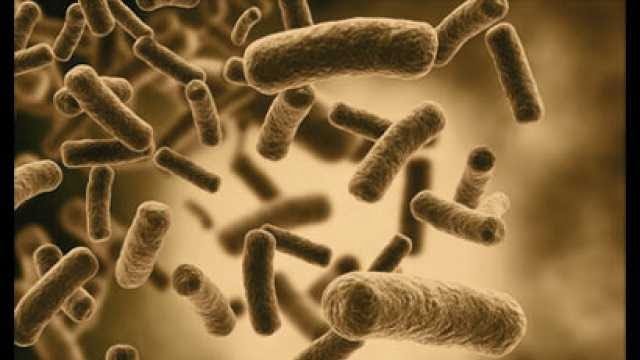

In the future, if your smartphone has started to run out of battery, you may have to turn to the invisible bugs to charge it up.
A team of scientists from Oxford University showed how the natural movement of bacteria could be harnessed to assemble and power microscopic ‘windfarms’ or other man-made micromachines such as smartphone components.
The study used computer simulations to demonstrate that the chaotic swarming effect of dense active matter such as bacteria can be organised to turn cylindrical rotors and provide a steady power source.
Researchers say these biologically driven power plants could someday be the microscopic engines for tiny, man-made devices that are self-assembled and self-powered – everything from optical switches to smartphone microphones.
Co-author, Dr Tyler Shendruk said: “Many of society’s energy challenges are on the gigawatt scale, but some are downright microscopic. One potential way to generate tiny amounts of power for micromachines might be to harvest it directly from biological systems such as bacteria suspensions.”
Dense bacterial suspensions are the quintessential example of active fluids that flow spontaneously. While swimming bacteria are capable of swarming and driving disorganised living flows, they are normally too disordered to extract any useful power from.
But when the team immersed a lattice of 64 symmetric microrotors into this active fluid, the scientists found that the bacteria spontaneously organised itself in such a way that neighbouring rotors began to spin in opposite directions – a simple structural organisation reminiscent of a windfarm.
Shendruk added, “The amazing thing is that we didn’t have to pre-design microscopic gear-shaped turbines. The rotors just self-assembled into a sort of bacterial windfarm.”
Senior author Julia Yeomans noted, “Nature is brilliant at creating tiny engines, and there is enormous potential if we can understand how to exploit similar designs.”
The study is published in the journal Science Advances.
[Source:- DNA]





